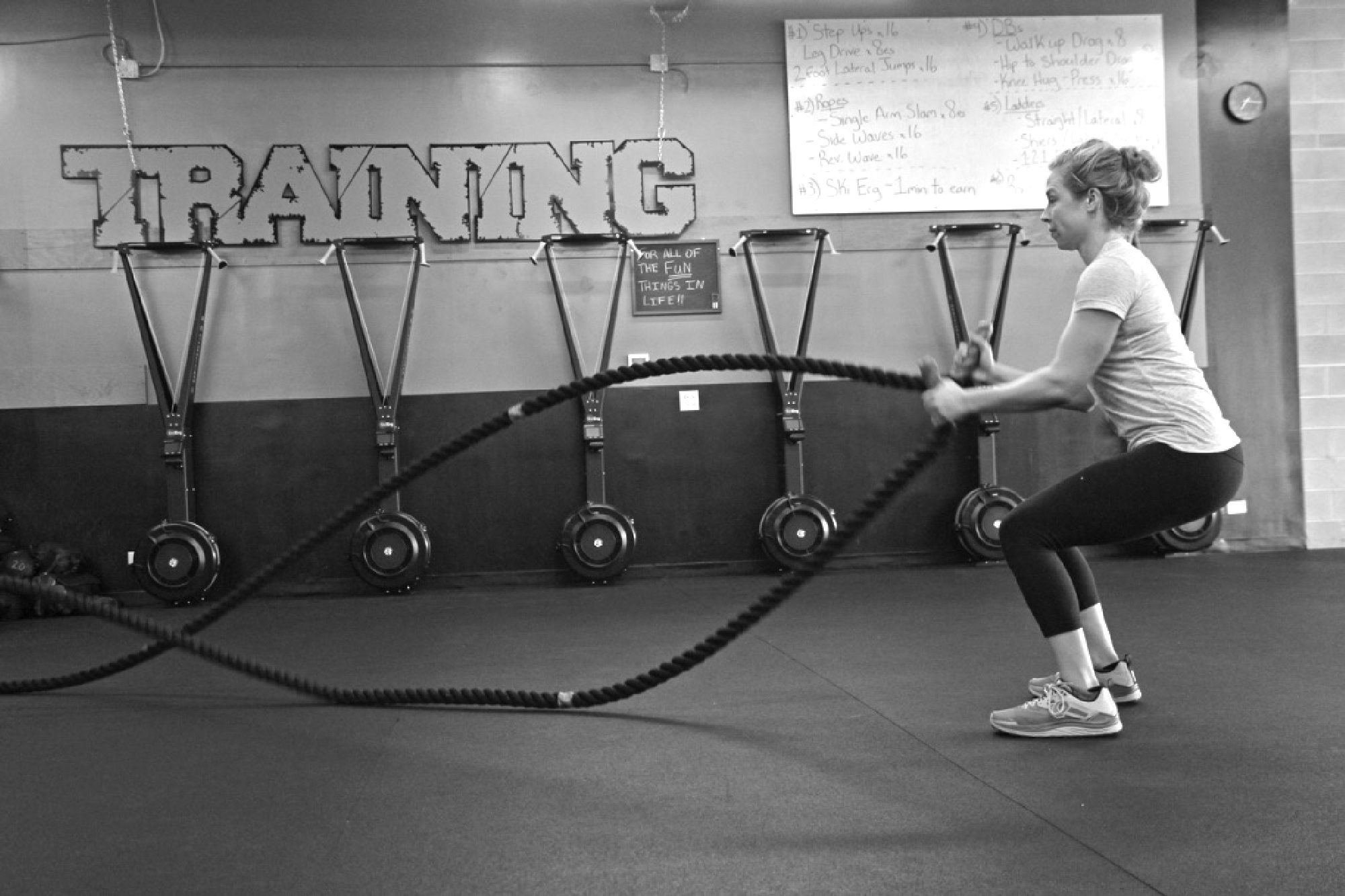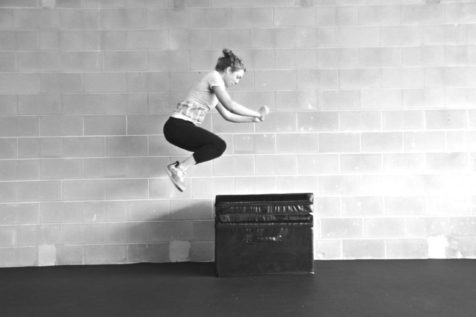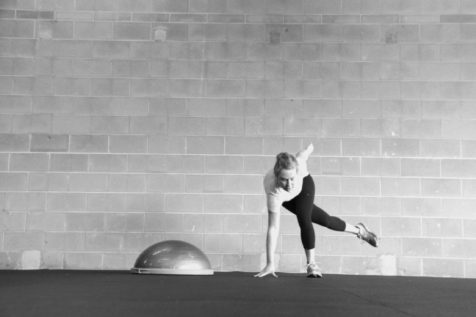
The key? A balanced fitness approach that includes strength and agility exercises in addition to trail and road time.
Trail Run Project Journal | September 2016
This story first appeared on Trail Run Project Journal. Read the original entry here.
The stereotypical body of elite runners is super lean and light. Arguably, carrying less muscle mass is better for the joints and helps a runner move with greater agility and speed. Maintaining an ultra low body weight and mass could be a standard for (and sought out by) some of the world’s top competitive runners, but it’s not the best option for all. Take marathoner Ryan Hall, for example. Outside columnist Martin Fritz Huber wrote about the now-jacked, formerly-underdeveloped athlete: “Hall’s example should serve as a reminder that participating in a sport for one’s wellbeing and competing at the highest level are not the same thing.”
Simply put, trail running, for me, is a way to explore mountains. For my race training, I prefer a balanced fitness approach that includes strength and agility exercises in addition to trail and road time. A strength routine also helps to enable me physically and mentally for other activities that I love like mountain biking, stand-up paddle boarding, and backpacking. It aids my posture—which is especially important because I sit or stand in front of my keyboard daily—and ultimately helps to prevent injuries.
In short, strength could mean faster times and fewer injuries. But strength training looks a little different for every runner. Here are a few key points to consider when ramping up your own routine.
Consider Hiring a Coach
It’s important to find a strength program that works for you and matches your lifestyle. In talking with other racers, hiring a coach can be an excellent option, especially for folks who want to sign up for their first ultraruns. Notably pricey (usually between $50 and $200 per month for average runners), the investment seems worthwhile. A coach teaches runners a boatload of skills that they’ll carry forward into future training, beyond one race. Runners have a constant contact loop and help from an expert and an individualized program that’s tailored week-by-week. Plus, a coach creates a layer of accountability and helps to push a runner’s personal boundaries.
Watch Out for ITBS Issues (and Use Exercises to Prevent Flareups)
My previous marathon was on a road, and it did not go so well. At mile 16, the runner’s arch-nemesis crept in: those IT bands. By the final three miles, the pain was nearly debilitating. Various factors play a role in IT Band Syndrome and tightness. I started tackling the issue from all angles: alternating my running shoes, using a foam roller, stretching, and maintaining a strong core.
While all of these techniques have played a role in my ITBS prevention, it wasn’t until I actually started strength training regularly last November—an average of three times per week—that reoccurrences of my IT band issues dissipated. Thanks to these new exercises, I have completed my Leadville Marathon and training free of injury.
Mix Up Your Strength Training Routine
For working out indoors, the best way for me to keep motivation high and get the most out of my time was to join a high-intensity interval training (HIIT) program. I chose one in Denver that’s tailored toward mountain athletes: Manic Training.
Manic Training consists of one giant room filled with a multitude of tools like boxes, ropes, ski ergs, pull-up bars, kettlebells, rowing machines, and sand bags. Each hour-long class weaves together agility workouts with dynamic strength training and cardio. Every workout opens with a 10-minute warm-up and stretch that includes hip openers, which are ideal for running. The exercises change every single day, so mentally and physically, it’s impossible to get bored and lose motivation.

Exercise 1: Plyometrics—here: box jumps—help train hip and leg explosiveness and drive. Contingent on the day’s Manic workout, I’ll do several sets of 20 reps alternated between other exercises. Add height as your power improves—or do seated box jumps where you begin from a seated position. Those are really tough! Photo: Manic Training Highlands Ranch Owner Pete Beuth

Exercise 2: Jump laterally onto the bosu ball. Then, jump back into a lateral skater jump. The exercise incorporates agility, balance, power, and strength—and is a good cardio rev, too. Photo: Manic Training Highlands Ranch Owner Pete Beuth

The effects? Following most of my training runs, I don’t feel as sore or experience joint pain. (Rather, most of the soreness that I feel comes from a strength workout—the Manic routine is a butt-kicker!) Working out in a community-centric atmosphere, with a coaching vibe that’s full of people who are pursuing health and fitness goals, too, really inspires me and mentally prepares me for my time on the trail.
For more specific strength training workouts for trail runners, check out these four exercises.
